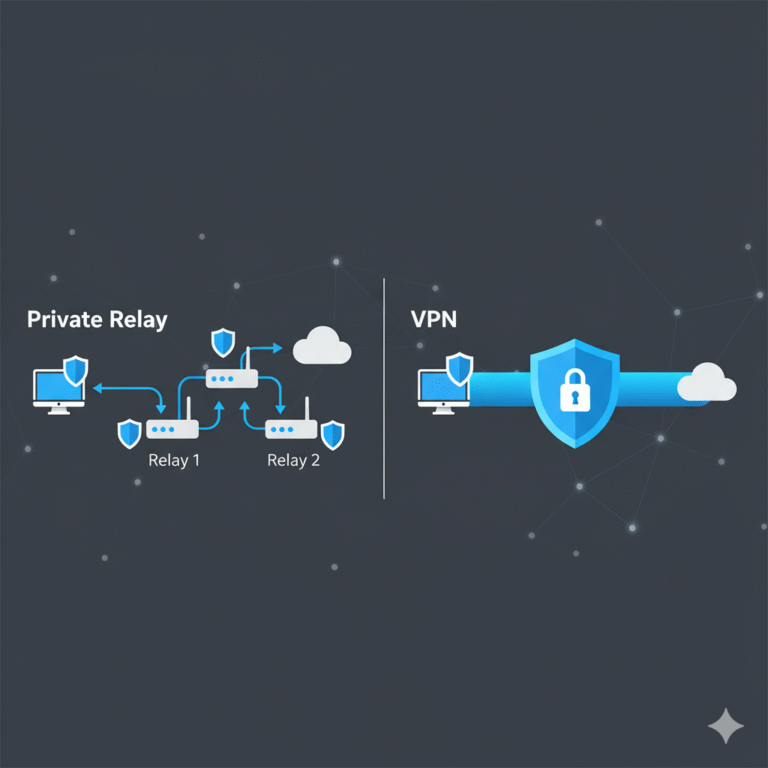If you’re searching for which statement describes an important characteristic of a site-to-site vpn, here’s the answer: A site-to-site VPN is a statically defined tunnel between VPN gateways—and it remains permanently active to seamlessly connect two networks.
What does “static setup” mean in a site-to-site VPN?
Question: What does it mean when we say a site-to-site VPN must be statically set up?
Answer:
- Two dedicated VPN gateways (e.g., routers or firewalls) are configured manually to communicate with each other.
- The tunnel settings—peer IPs, authentication, encryption protocols—are fixed.
- Once configured, the site-to-site tunnel stays active continuously, unlike remote-access VPNs launched per session.
- Internal hosts are unaware of the VPN; all encryption and routing happen at the gateways (Wikipedia – VPN).
Why aren’t site-to-site VPNs ideal for mobile users?
Question: Is a site-to-site VPN suitable for remote or mobile users?
Answer:
No. Because it’s a permanent gateway-to-gateway link, site-to-site VPNs:
- Do not require individual client software or credentials.
- Are unsuitable for mobile or ad-hoc connectivity—mobile users need remote-access VPNs supported by clients or browsers.
If you’re deciding between types of remote access tools, you may want to explore is logmein a VPN? for insight into client-based secure access alternatives.
How do internal hosts communicate over a site-to-site VPN?
Question: Do end-user hosts need VPN client software on their devices?
Answer:
No. In a site-to-site VPN:
- Hosts send unencrypted internal traffic to the local gateway.
- The gateway encrypts and tunnels the data over the VPN.
- At the far end, the peer gateway decrypts and forwards traffic internally.
This setup provides seamless inter-network access without client-side software.
Can a site-to-site VPN adapt dynamically after setup?
Question: Can the connection details of a site-to-site VPN change dynamically after the tunnel is established?
Answer:
No. The configuration is static. Once the tunnel is up, its endpoint details and policies remain fixed unless manually changed.
- There is no automatic renegotiation of tunnel peers or IP addresses.
- For more flexible enterprise solutions, you can review what is a VPN concentrator which explains how multiple tunnels can be securely managed.
What kind of networks typically use site-to-site VPNs?
Question: In what scenarios is a site-to-site VPN commonly deployed?
Answer:
They’re ideal when two fixed networks need constant connectivity:
- Corporate headquarters to branch offices
- Office to data center
- Connections between business partners
They’re not commonly used over dial-up or cable for individual devices.
How does a site-to-site VPN differ from remote-access VPN?
Question: What’s the key difference between site-to-site and remote-access VPNs?
Answer:
- Site-to-site VPN: Permanent, static tunnel between gateways; transparent for end users.
- Remote-access VPN: User-initiated session, often requires client software or browser login, and is dynamic per user/session.
If you’re comparing these models in terms of performance and features, our AirVPN vs NordVPN comparison offers a detailed breakdown between two top-tier VPN services — one of which excels at site-level security.
Frequently Asked Questions
Can site-to-site VPN tunnels drop and reestablish automatically?
Yes, gateways can auto-reconnect on failure, but endpoints remain statically configured.
Are internal hosts aware of encryption?
No, hosts send standard packets—gateways manage encryption/decryption.
Do I need a VPN client on every device?
No, only gateway devices require VPN setup; user devices simply use the network as usual.
Conclusion
To answer the original question: which statement describes an important characteristic of a site-to-site vpn — the answer is that it must be statically set up. These permanent, gateway-managed tunnels ensure reliable, secure, and transparent network connectivity across locations.
For users comparing secure access technologies, it also helps to explore alternatives like is ascaler VPN also a proxy server or to understand how tunneling differs from proxy-based models.
External Resources
- Wikipedia: Virtual Private Network – for definitions and architecture
- TechRadar: VPN types explained – for beginner-friendly breakdowns of VPN technologies



